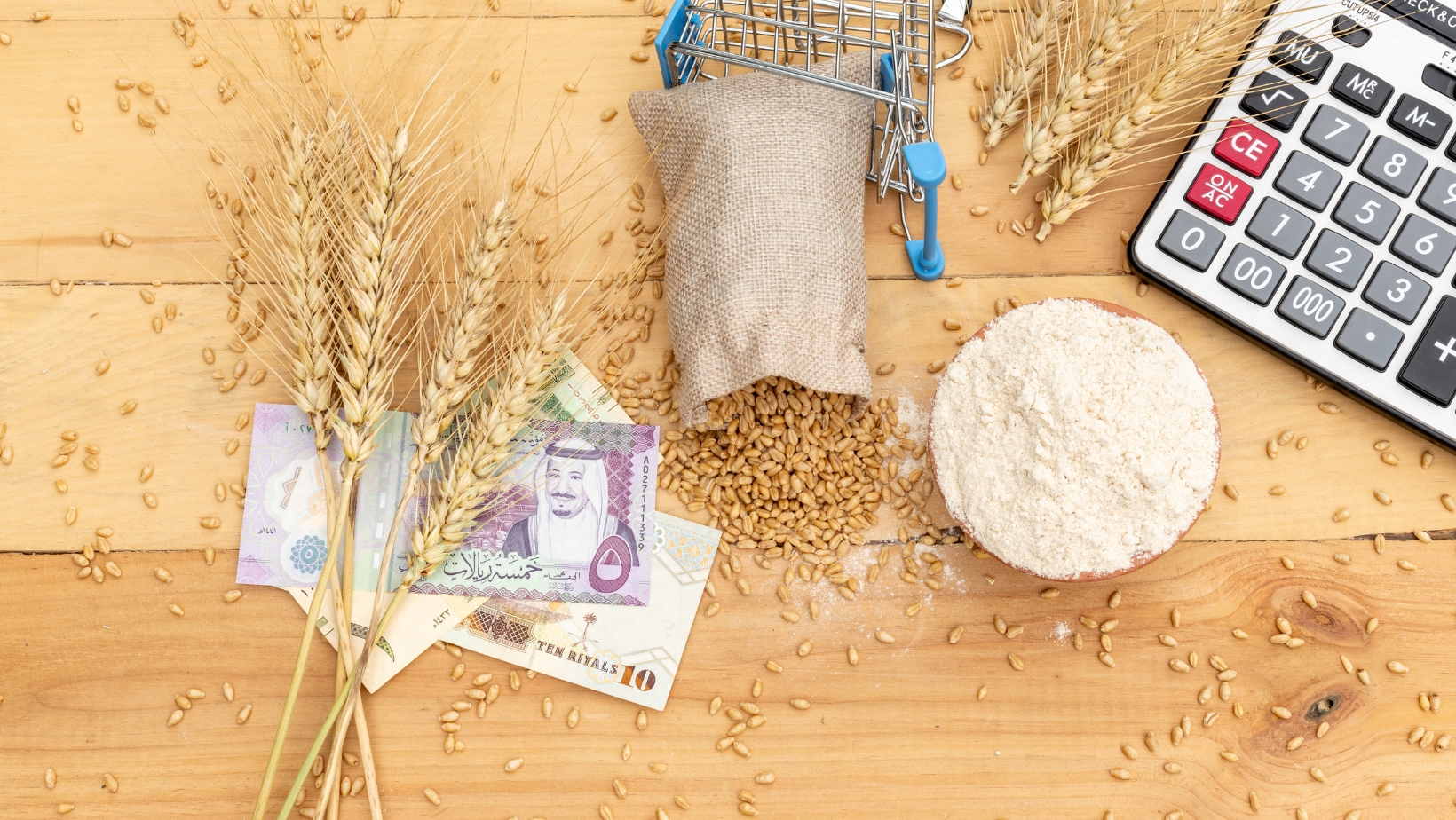Commodities are a big part of our daily lives, from the coffee in your cup to the gas in your car. But did you know that their prices can shift depending on the time of year? This article dives into the seasonal factors that impact commodity futures prices, helping you understand why these changes happen and how they might affect your investment decisions.
Understanding Futures Prices
When futures price explained simply, they are the expected price of a commodity at a future date. Futures contracts allow buyers and sellers to lock in a price for a specific amount of a commodity. This is especially important for commodities that have fluctuating prices, such as agricultural products or oil.
Futures prices are influenced by various factors such as supply and demand, geopolitics, and global economic conditions. However, there are also seasonal patterns that can affect futures prices.
Demand and Supply Trends Across Seasons
Seasonal changes in demand and supply are some of the biggest reasons behind shifts in commodity prices. Think about it like this. During summer, energy commodities like natural gas become more expensive as people use air conditioning more. The demand spikes, and so do prices.
On the flip side, agricultural commodities like wheat or corn tend to have different supply patterns. For example, once crops are harvested in the fall, there’s usually an increase in supply. More supply often pushes prices down. It’s a cycle tied to nature and how consumers behave.
Weather Changes and Natural Events
Weather plays a huge role in the production of commodities. Severe winters, rainy seasons, or unexpected droughts can throw the supply chain off balance. And when supply takes a hit, futures prices react.
Take oranges, for example. A frost in Florida during winter can damage crops, leading to higher commodity prices. Similarly, hurricanes affecting oil production facilities can spike crude oil prices. These natural events are not always predictable, making them a tricky factor for investors to consider.
The Agricultural Growing Season
Agricultural commodities like corn, soybeans, and coffee are naturally tied to the growing season. Many of these go through specific growth cycles tied to the weather. Traders often know when the planting or harvesting periods are, which is why you might see futures contracts fluctuate during these times.

For example, soybean planting happens in spring, which could increase future market activity as everyone speculates on crop yields. Later, in the harvest season, supply might rise, and prices might dip. Keeping track of these cycles can offer clues about where commodity futures prices might go.
Seasonal Holidays and Routine Patterns
Holiday demand can also create price swings. Ahead of holidays like Thanksgiving or Christmas, you might notice a higher demand for certain commodities like sugar or cocoa. This demand often tightens supply, driving futures prices up.
Manufacturing industries can have “busy seasons,” too. For instance, demand for metals like steel or copper might spike in spring as construction projects ramp up. These seasonal patterns are often predictable, but they still catch some people off guard.
Seasonal Knowledge Can Lead to Smart Investments
If you’re thinking of investing in commodities, understanding these seasonal trends is a must. Knowledge about these patterns can help you make smart investments. For instance, knowing that energy prices peak during summer could help you plan your trades in advance.
But timing isn’t everything. It’s also about balancing risk and being aware of unpredictable disruptions, like unexpected weather events. By following these shifts closely, you can build a strategy that works for you.
Storage Costs and Availability
Another seasonal factor worth noting is storage. Some commodities like grains or oil have extra costs tied to storage, which can impact their prices. For instance, during peak harvest season, farmers and suppliers might store surplus products, leading to added costs. These storage costs can show up in future prices.

On the flip side, low storage capacity or scarcity can increase prices. For instance, if demand unexpectedly rises and there’s not enough of a commodity readily available, both immediate and future prices could soar.
How to Use Seasonal Patterns
If you’re new to commodities trading, seasonal patterns might seem overwhelming at first. But there are tools to help. Charts and historical data can highlight seasonal trends. They give you an edge when researching different futures contracts.
For example, you could look at past trends in corn prices during planting season. Or track how energy prices behave during hot summers. By spotting these recurring patterns, you can refine your trading strategy.
Final Thoughts
Seasonal factors have a huge impact on commodity futures prices. From weather to holidays and storage, many elements come into play. By analyzing these patterns, you can make smarter investment decisions and minimize risks. After all, good trading starts with preparation and understanding the rhythms of the market.



